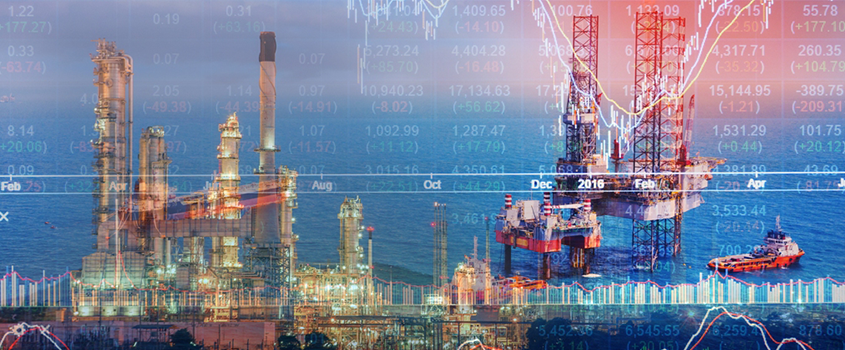republic onboarding
Internet Banking
-
Savings & Chequing
-
Savings Accounts
Growing up with a plan for tomorrow
For youths between the ages 13 to 19 years
Shape your future
Helps you to build your nest egg
Saves you time and money
The wise investment instrument
Earn more on your Foreign Accounts
Chequing Accounts
Bank FREE, easy and convenient
A world of convenience and flexibity
Invest and enjoy the best of both worlds
A value package designed for persons 60 +
Life Stage Packages
Banking on your terms
Getting married?
Tools & Guides
Make an informed decision using our calculators
Help choose the account that’s right for you
All Our Cheques Have A New Look!
-
-
Electronic Banking
-
EBS Products
Open a deposit account online
Pay bills and manage your accounts easily
Banking on the Go!
Welcome to the Cashless Experience
Top up your phone/friend’s phone or pay utility bills for FREE!
EBS Products
Make secure deposits and bill payments
Access your accounts easily and securely with the convenience of Chip and PIN technology and contactless transactions.
Access cash and manage your money
Where your change adds up
-
-
Credit cards
-
Credit Cards
Credit Cards
Additional Information
-
-
Prepaid Cards
-
Pre-paid Cards
-
-
Loans
-
overview
To take you through each stage of life, as we aim to assist you with the funds you need for the things you want to do
We make it easy to acquire financial assistance for tertiary education through the Higher Education Loan Programme
We make it easy, quick and affordable to buy the car of your dreams
Tools & Guides
Helps you determine the loan amount that you can afford
You can calculate your business’ potential borrowing repayments
Republic Bank's Group Life Insurance will provide relief to your family by repaying your outstanding mortgage, retail or credit card balance in the event of death or disablement.
-
-
Mortgages
-
Mortgage Centre
Republic Bank Limited can make your dream of a new home a quick and affordable reality
New Customers
Block for MM- new user mortgage process
There are three stages you must complete before owning your first home
Tools & Guides
block for MM - personal - mortgages
-
-
Investments
-
Investment Products
-
Where are we now? A Look at Key Energy Sector Indicators
You are here
Home / Where are we now? A Look at Key Energy Sector Indicators
In 2019, four years after the country was hit by the near 50 percent plunge in international oil prices, Trinidad and Tobago continues to contend with the effects of weaker energy sector revenue streams. While production and prices remain firmly below 2014 levels, there have been some positive developments in the sector in recent times. As we approach the end of the 2018/2019 fiscal year, I think it is an opportune time to compare current and expected oil and gas trends with 2014 figures. This should provide a good gauge of the growth prospects for the domestic economy over the next couple years.
After averaging US$93.17 per barrel in 2014, oil prices fell by 48 percent in 2015 and remained relatively low in the succeeding years. Gas prices faced a similar reality, falling by 41 percent to US$2.60 per million British thermal units (mmbtu). In addition, the domestic output of both commodities fell after 2014. Faced with these challenges, domestic economic activity contracted by 6.5 percent in 2016 and 1.9 percent in 2017. However, in 2018 the increase in gas production and slightly higher gas prices propelled the economy to growth estimated at 1.9 percent, according to data from the Central Statistical Office (CSO). Nonetheless, at $159 billion in 2018, real GDP was still $11 billion below 2015 levels.
Oil production averaged 59,163 barrels per day during the first five months of 2019, down significantly from 2014’s average of 81,262. After falling to a low of 3.3 billion cubic feet per day (bcf/d) in 2016, gas production rose to 3.6 bcf/d in 2018 and averaged 3.7 bcf/d between January and May 2019. The average gas output in 2014 was 4.1 bcf/d. The government projects gas production to return to 4.1 bcf/d by 2021, a forecast which may be threatened by BPTT’s recent announcement that its gas production in 2020 and 2021 is likely to be 200 million cubic feet per day less than initially anticipated. With production from BHP’s Ruby project scheduled to begin in 2021, domestic oil production is expected to increase by up to 16,000 barrels per day but is likely to maintain its down trend in the interim. As it relates to price, a plethora of market forces and geopolitical factors have kept fuel prices from returning to the highs of 2013 and 2014. This is expected to continue for the foreseeable future. Oil prices are expected to average below US$60 per barrel in 2019 and 2020 compared to US$93.17 in 2014. Similarly, gas prices are expected to average below US$3.00 per mmbtu during the same period, down from US$4.40 in 2014.
Given this information, government revenue is not expected to approach 2014 levels, nor is the country is expected to record very strong growth over the next two years. While economic activity is expected to remain positive heading into 2021, real GDP growth is unlikely to surpass 2 percent during the period and will remain heavily dependent on gas production and prices. Based on the projected energy sector dynamics during the period, some momentum is expected to be generated in the non-energy sector. However, it remains to be seen how much.
COMPANY INFORMATION
Banking Segments
Press & Media
Contact Us
© 2026 Republic Bank Limited. All Rights reserved.







 Garvin Joefield
Garvin Joefield
